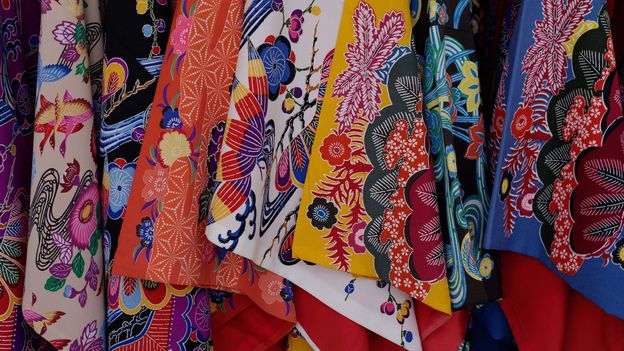We know from archaeological evidence that ancient humans lived in small, close extended family groups. Computer modelling of hunter-gatherer societies suggests that they needed to mate with individuals outside of their local group in order to maintain the population as a whole. There would have therefore been a large flow of mating individuals between hunter-gatherer societies. Maintaining a family whose exact genetic lineage was known would have been impossible.
This model suggests that hunter-gatherers were serially monogamous – where couples stay together exclusively for the time taken to wean a child before moving on to find a new partner. This has been shown to be sexually advantageous for modern men, which might explain why men are more interested in open relationships.
Lehmiller’s research on fantasies found that men are more interested in group sex (about 26% of men compared to 8% of women). Similar trends are also seen for other types of “social sex”, too, like interest in going to sex parties or swingers clubs (17% of men compared to 7% of women). However, those women who were interested in these fantasies were more likely to fulfil them. The number of people in the same sample who reported having taking part in group sex, for example, was 12% of men and 6% of women. It would seem, then, that women are more likely to find the right opportunities.
What we do know is that in 85% of modern human societies globally, forms of non-monogamy are sanctioned. Even the Old Testament is filled with many references to polygamy. However, the default condition in most societies is still monogamy. It might be common now, but however you look at it, historically humans were not monogamous like we are today. So why is lifetime monogamy now seen as the default?
“It is tricky to succinctly answer without saying the media,” says Moors, emphasising the impact that our art and culture play on us while growing up. “In the most part, when growing up our parents are married or trying to be monogamous. In most places worldwide we have the institution of marriage.”
“Since people started taking up land and calling it their own, that is when marriage took off because that was one clear way to keep control of your property and have it go to your family,” says Moors. “From that point we started prioritising a couple and heterosexuality.”
Is it better to see other people?
Repeatedly, research on CNM shows that couples with differing sexual interests report being better off when they have multiple sexual partners. “In a relationship often there is a discrepancy between both partners’ interests,” says Muise. “However, people with multiple partnerships might be more fulfilled overall. If you have the interest in being sexual with other people it can be healthy to explore that.”
What has been lacking in research on CNM to date has been large longitudinal studies, where groups of people who are considering opening up their relationships are followed for several years, starting even before they have that first conversation with their partner.












